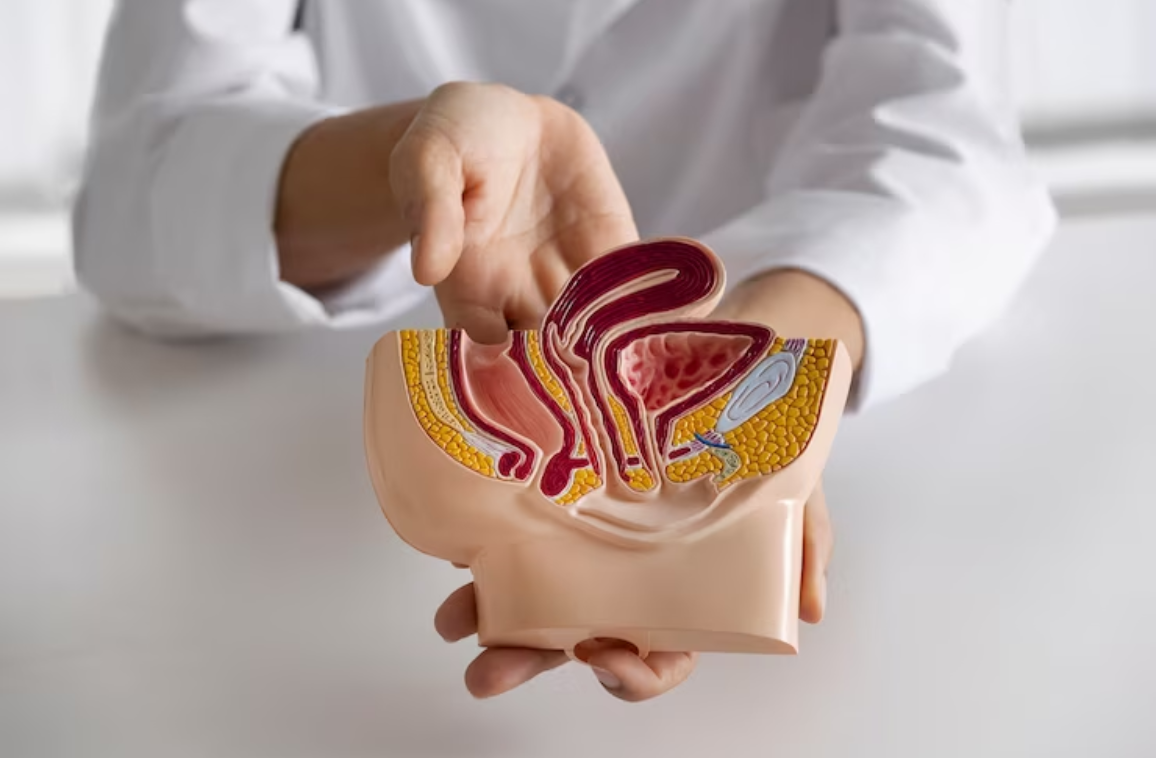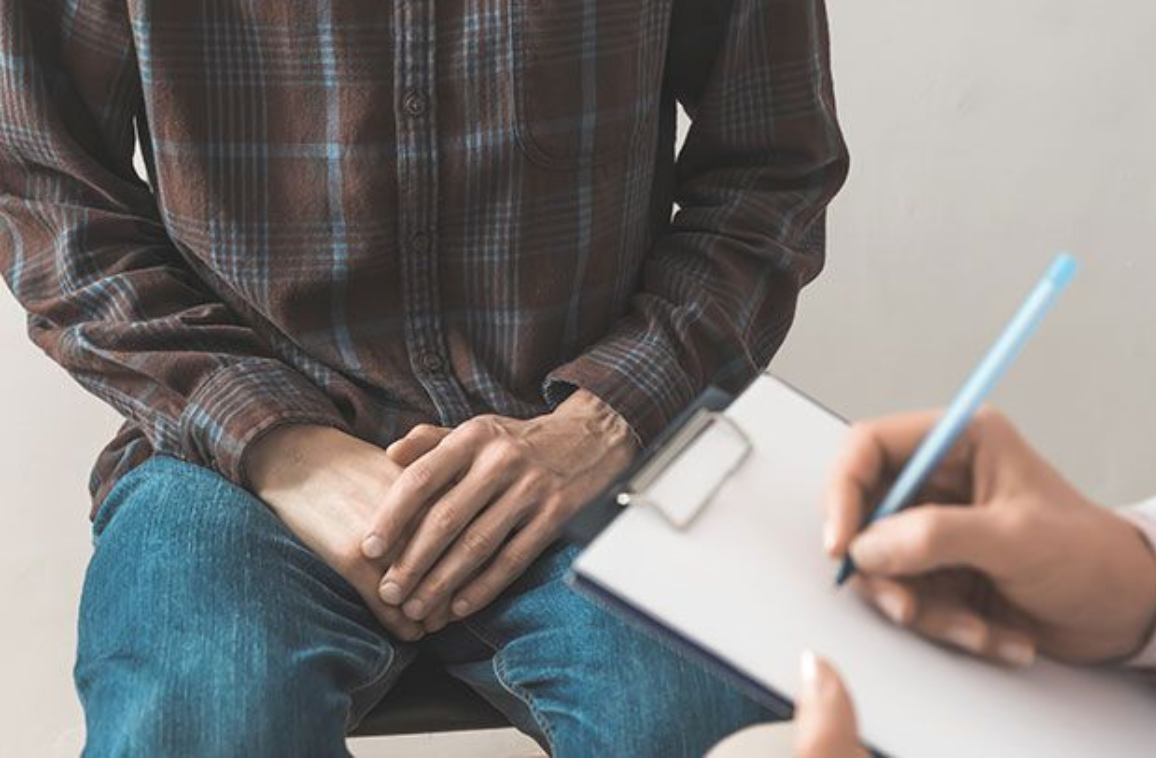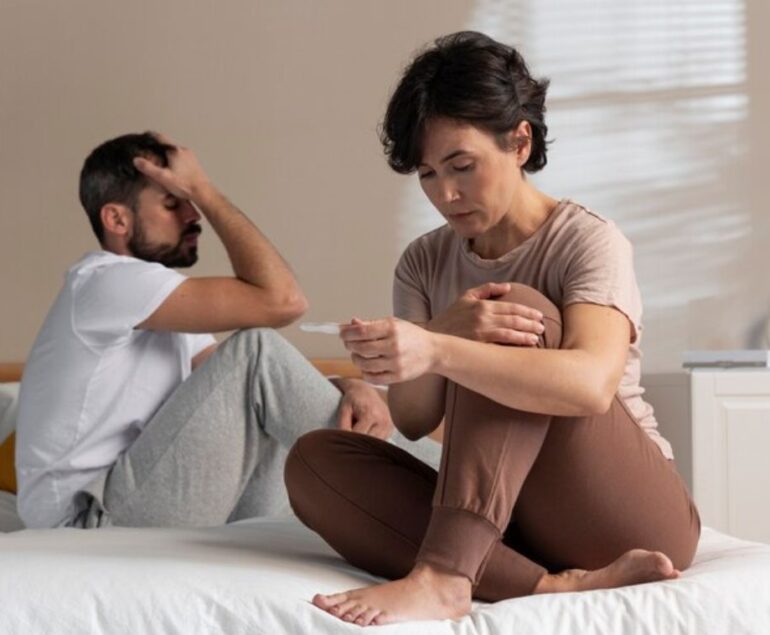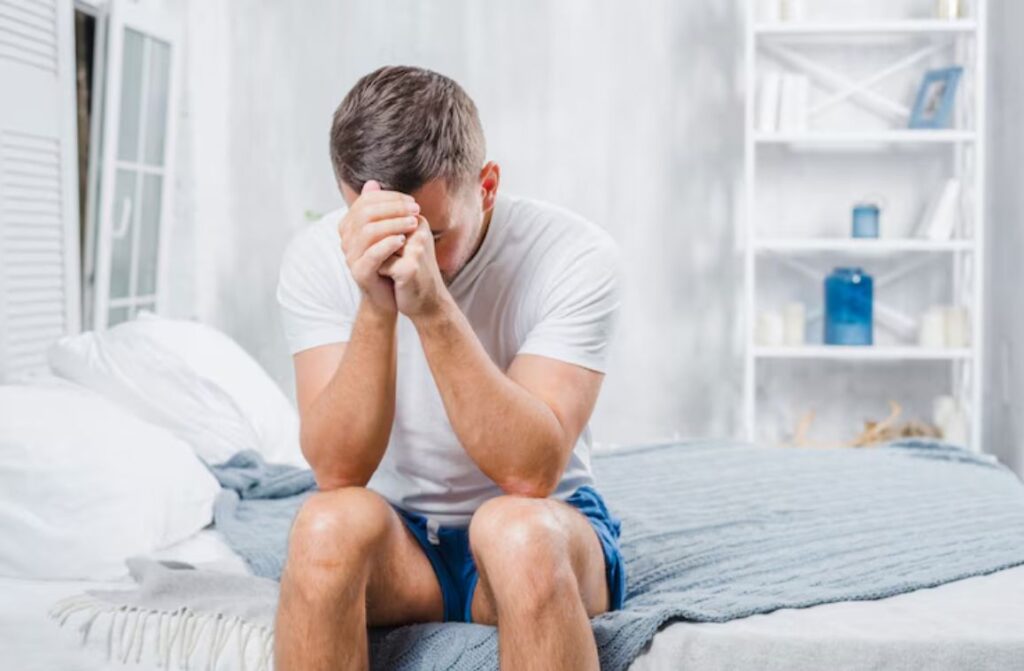There are options to treat Peyronie disease, and it is good to know about the Peyronie disease tips. After all, patients want positive relief from pain and discomfort.
Peyronie’s disease happens to be a noncancerous condition that results from fibrous scar tissue that tends to develop on the penis and also causes curved, painful erections. It can occur in men of any age, but the prevalence of this condition increases with age, especially for men in their 50s and 60s.
Peyronie disease tips
The mean age at onset of the disease is 55–60 years, although several cases have been recorded in adolescence and the early 20s too. If experiencing symptoms of Peyronie’s disease, it is better to consult the doctor as soon as possible.
The treatment options do include medications, surgery, and penile implants. The doctor can help the patient decide which treatment option is better.
Quit smoking – Smoking can worsen Peyronie’s disease by reducing blood flow to one’s penis and increasing inflammation.
Maintaining a healthy weight – Being overweight or obese can increase the risk of developing Peyronie’s disease.
1. Exercise regularly – Regular exercise can improve blood flow to the penis and also reduce inflammation.
2. Avoid alcohol – Drinking alcohol can worsen Peyronie’s disease by increasing inflammation and reducing blood flow to the penis.
3. Manage stress – Stress can also worsen Peyronie’s disease by increasing inflammation in one’s body. Try relaxation techniques such as deep breathing, meditation, or yoga to manage stress.
Diagnosis
A physical exam helps to identify the presence of scar tissue in the penis.
Tests to diagnose Peyronie’s disease :
Physical exam: The doctor will feel (palpate) the penis when it is not erect to identify the location and also the amount of scar tissue. He or she might measure the length of one’s penis. If the condition continues to get worse, this initial measurement helps determine whether the penis has in fact become short.
Other tests
Ultrasound or other tests can be done to examine the penis when it is erect. Prior to testing, the person is likely to receive an injection directly into the penis that causes it to become erect.
Treatment
Treatment depends on how long the symptoms of the disease have been.
- Penile traction therapy – Does prevent length loss and also minimizes the extent of curvature that does occur.
- Medical and injection therapies are optional.
- Surgery is not recommended until the disease stabilizes, in order to avoid the need for repeat surgery.
For the chronic condition of the disease, several potential treatments are available, either alone or in combination:
- Watchful waiting.
- Injection treatments.
- Traction therapy.
- Surgery.
Oral medications are not recommended in the chronic phase, as they have not been shown to be effective. Shock wave therapy, stem cells, as well as platelet-rich plasma have also not been shown to be effective in human studies.

Medications
A number of oral medications have been tried to treat Peyronie’s disease, but they are not really effective. In a few men, drugs injected directly into the penis might reduce the curvature and pain associated with Peyronie’s disease. Depending on the therapy, the doctor will suggest a local anesthetic in order to prevent pain during the injections.
Traction therapy
Penile traction therapy
Penile traction therapy involves stretching the penis with a self-applied mechanical device for a period of time in order to improve penile length, curvature, and deformity.
Surgery
Graft repair of the penis
The doctor might suggest surgery if the deformity of the penis is severe, sufficiently bothersome, or prevents a person from having sex. Common surgical methods include:
- Suturing (plicating) the unaffected side.
- Incision or excision and grafting.
- Penile implants.
The type of surgery used will depend on the condition. Depending on the type of surgery, it is possible to go home from the hospital the same day or stay overnight.
Other treatments
A technique known as iontophoresis makes use of an electric current to administer a combination of verapamil and a steroid non-invasively via the skin.








